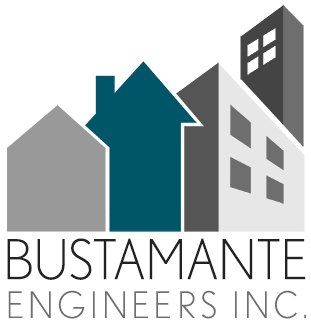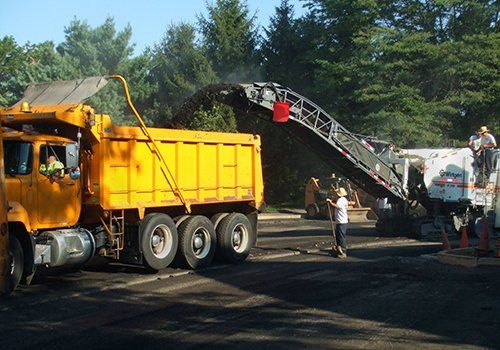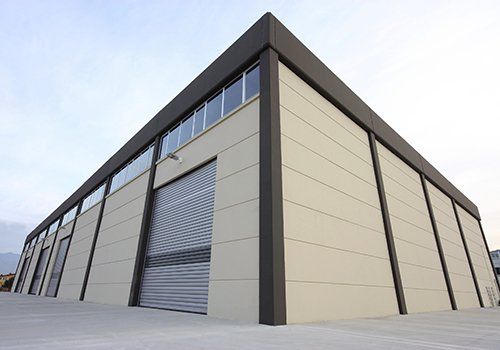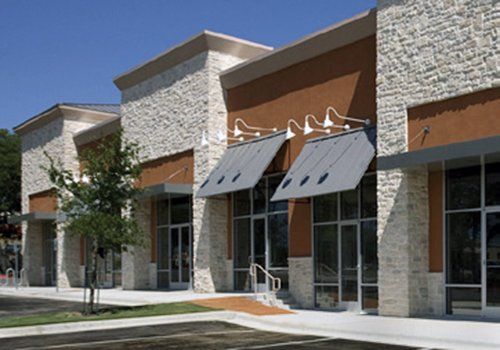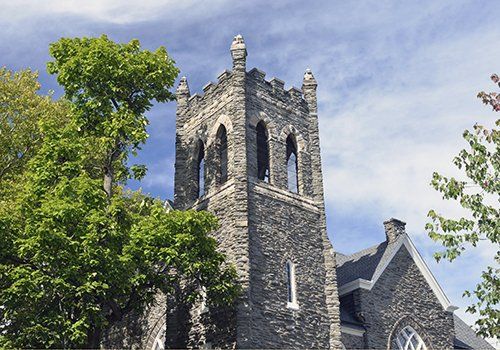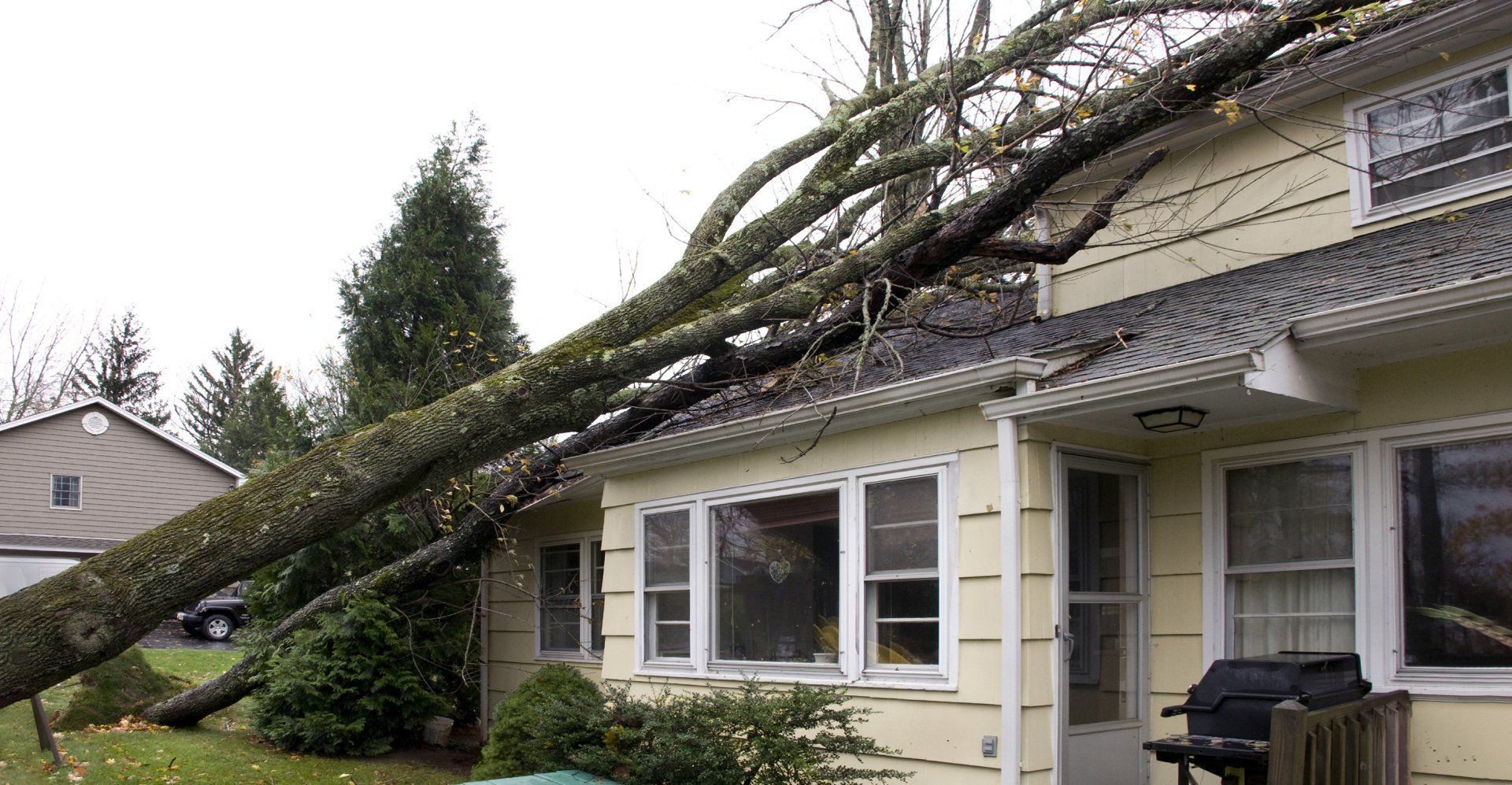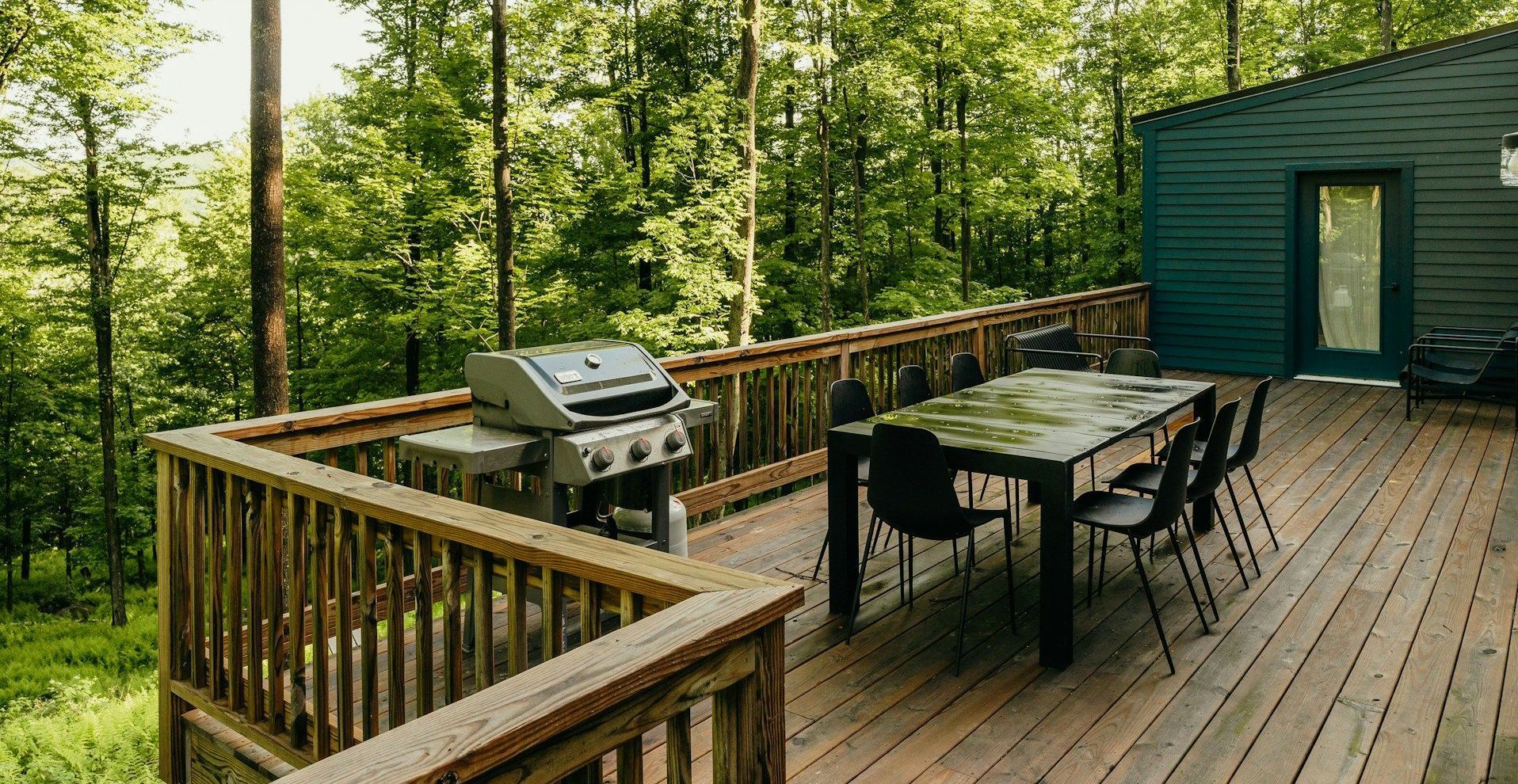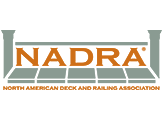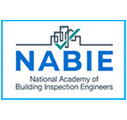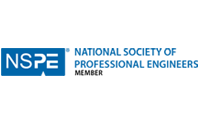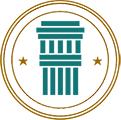COMMERCIAL BUILDING INSPECTION BUCKS COUNTY
Our Certified Engineers know that no building is alike, nor are the appropriate services for the building alike.
PROPERTY CONDITION ASSESSMENT
PROPERTY CONDITION ASSESSMENT
Our approach to Engineering Services is unmatched, intelligent and with foresight.
The Certified Building Inspection Engineers on staff at BUSTAMANTE ENGINEERS will provide the know-how and experience to assist each building owner, seller or purchaser in their building preservation. No building owner shall be left in a bind when it comes to being proactive regarding the maintenance and repair of their valuable asset, or reactive when a building owner discovers a possible building issue.
VIEW COMMERCIAL BROCHURE
A building owner may not have the time or resources to make sure a capital needs project is delivered on time and within budget. BUSTAMANTE ENGINEERS
can also provide Construction Monitoring services. In this phase, our engineers and technicians will be on-site to review the project with the contractor on a daily, weekly or bi-weekly basis for compliance with the specifications. We can quickly resolve issues uncovered and review invoices against the project providing an assurance that the project is in compliance.

